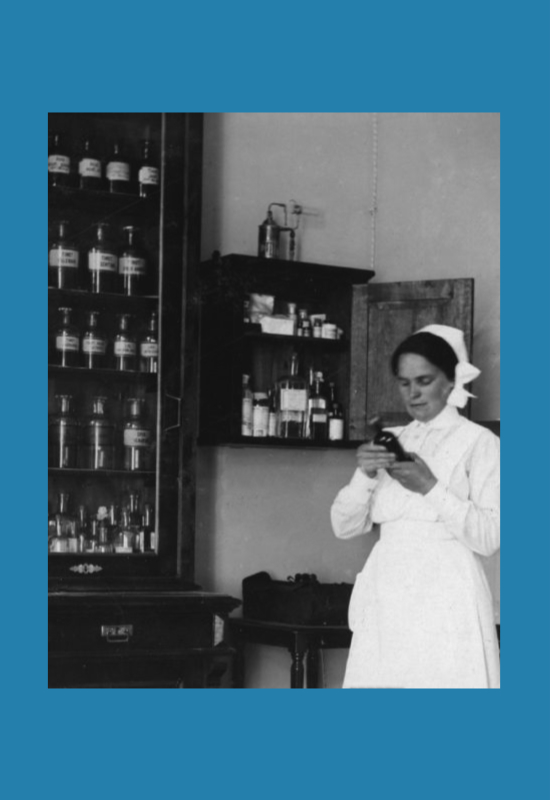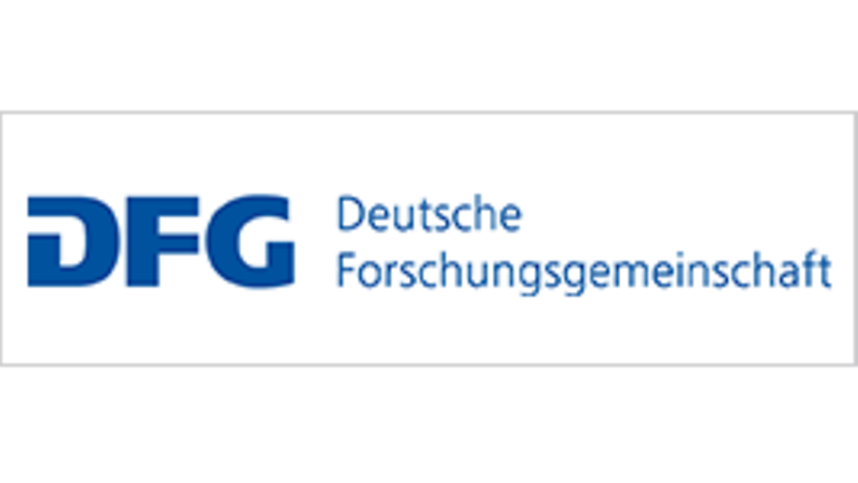The “Curative-Protective Hospital Regime” Concept in the Medical and Nursing Practice of 1950s USSR
DOI:
https://doi.org/10.25974/enhe2020-4enSchlagworte:
20th Century, Curative-Protective Regime, European History, Nurses in Soviet Union, Nursing, Nursing History, Pavlov’s SessionAbstract
The introduction of the “curative-protective hospital regime” was one of the results of the Pavlovian Session in Moscow (1950). This regime was elaborated at Makarovo Hospital (a small hospital near Kiev) and then introduced into hospitals all over in the USSR and in Eastern Bloc countries. It was propagated as a great achievement of Soviet medicine in contrast to the old Western “Virchovian” medicine. The regime was based on the explanation of disease as caused by an imbalance between the cortex processes of excitement and inhibition. The aim of the regime was to provoke “protective inhibition” as a tool to minimise this imbalance. This concept led to the widespread implementation of both sleep therapy and the elaboration of the “curative-protective hospital regime”, which changed hospital organisation in the early 1950s. Although the new regime was explained in physiological terms, its dissemination and implementation were never politically neutral; instead, they were always were placed in a set of party-political and health-policy relationships as well as the general epistemological framework of a materialistic understanding of nature. Changes in hospital care began in 1950 and intensified after the Seventh Session of the USSR Academy of Medical Sciences in May 1952, which stressed the need to transform clinical work. The introduction of the “curative-protective hospital regime” was a general measure to transform practical work according to Pavlov’s doctrine. Nurses were tasked with implementing the new regime into daily hospital routine. This paper aims to present the implementation of the Pavlovian Session from the perspective of nursing history. It places the topic of the Pavlovian Session and the “curative-protective hospital regime” within the official narrative of the time in relation to the “two sciences”: the “proletarian” (Soviet) and the “bourgeois” (Western). The paper also aims to discover how the “curative-protective regime” was propagated and introduced into everyday professional hospital work. The main sources for the research are official medical periodicals (Medical Nurse [Meditsinskaya sestra] and Medical Worker [Meditsinskiy rabotnik]) and publications from the 1950s as well as various memoirs and novels in which the introduction of the “curative-protective regime” is described.Downloads
Veröffentlicht
2020-06-15
Ausgabe
Rubrik
Themed Section
Lizenz
Copyright (c) 2020 European Journal for Nursing History and Ethics

Dieses Werk steht unter der Lizenz Creative Commons Namensnennung - Keine Bearbeitungen 4.0 International.






